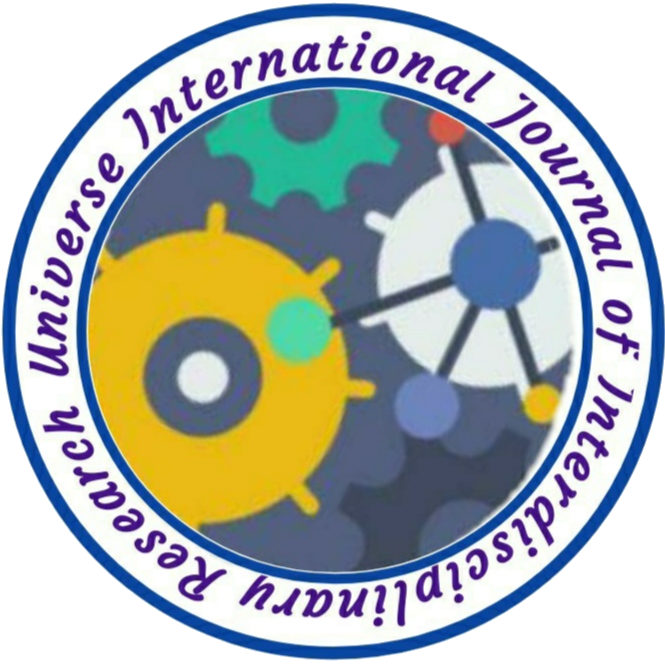A STUDY TO IDENTIFY THE FACTORS ASSOCIATED WITH CAESAREAN SECTION AND PROBLEMS AMONG THE POST CAESAREAN SECTION MOTHERS ADMITTED IN POSTNATAL WARD AT SELECTED HOSPITALS, JAIPUR
Author Name: 1. Ashok Choudhary, 2. Sunita KS, 3. Pramod Bijarnia
Volume/Issue: 04/11
Country: India
DOI NO.: 08.2020-25662434 DOI Link: https://doi-ds.org/doilink/04.2024-95756125/UIJIR
Affiliation:
- M.Sc. Nursing, Govt. College of Nursing Jaipur , RUHS University, Jaipur (Rajasthan), India.
- Nursing Tutor, Govt. College of Nursing Jaipur , RUHS University, Jaipur (Rajasthan), India.
- Nursing Tutor, Govt. College of Nursing Jaipur , RUHS University, Jaipur (Rajasthan), India.
ABSTRACT
Caesarean section is a major surgical procedure that increases the likelihood of many types of harm for mothers and babies in comparison with vaginal birth. Short-term harms for mothers include increased risk of infection, surgical injury, blood clots, emergency hysterectomy, intense and longer-lasting pain, going back into the hospital and poor overall functioning. Babies born by caesarean section are more likely to have surgical cuts, breathing problems, difficulty getting breastfeeding going. A quantitative research approach and descriptive research design was used to conduct this study . The sample consisted of 100 post CS mothers admitted in postnatal ward who are admitted at Mahila Chikitsalya, Sanganeri gate, Jaipur And non convenient sampling technique was used to select the samples. A self-structured checklists to assess the factors(Emergency & Elective) associated with CS and problems of mothers after CS was used for data collection in the study. were used to collect data from samples after getting consent analyzed using descriptive and inferential statistics. The findings of the study showed that:– Majority, 41% of the mothers were between 25-29 years of age, 32% of the mothers were secondary education, 80% mothers were homemaker, 74% of the mothers were residing in rural area, 53% of the mothers were Primipara, 50% of the mother’s type of caesarean section was elective, and 50% of the mother’s type of caesarean section was emergency. This study reveals that the more factors associated with elective caesarean section were previous caesarean section was 36%, emergency caesarean section were fetal distress was 42%. Logistics regression test was done to analyze the association between the factors associated with elective caesarean section among the post caesarean section mothers admitted in postnatal ward with demographic variable. The study findings show that, there was a significant positive association found between the factors malpresentation, with parity (OR = 0.800, p = 0.000, 95% CI [0.457, 1.142]), suggesting that an increase in parity significantly increases the odds of choosing elective cesarean section, medical/gynecological condition with residence (OR = 0.458, p = 0.001, 95% CI [0.299, 0.617]) at 95% of confidential interval(CI). Logistics regression test was done to analyze the association between the factors associated with emergency caesarean section among the post caesarean section mothers admitted in postnatal ward with demographic variable. The study findings show that, there was a significant positive association found between the factors cord prolapse, with parity (OR = 0.313, p = 0.038, 95% CI [0.018, 0.608]), failure to progress of labour with residence (OR = 0.450, p = 0.031, 95% CI [0.044, 0.857]) at 95% of confidential interval(CI).
Key words: Factors associated with caesarean section, problems after caesarean section

No comment